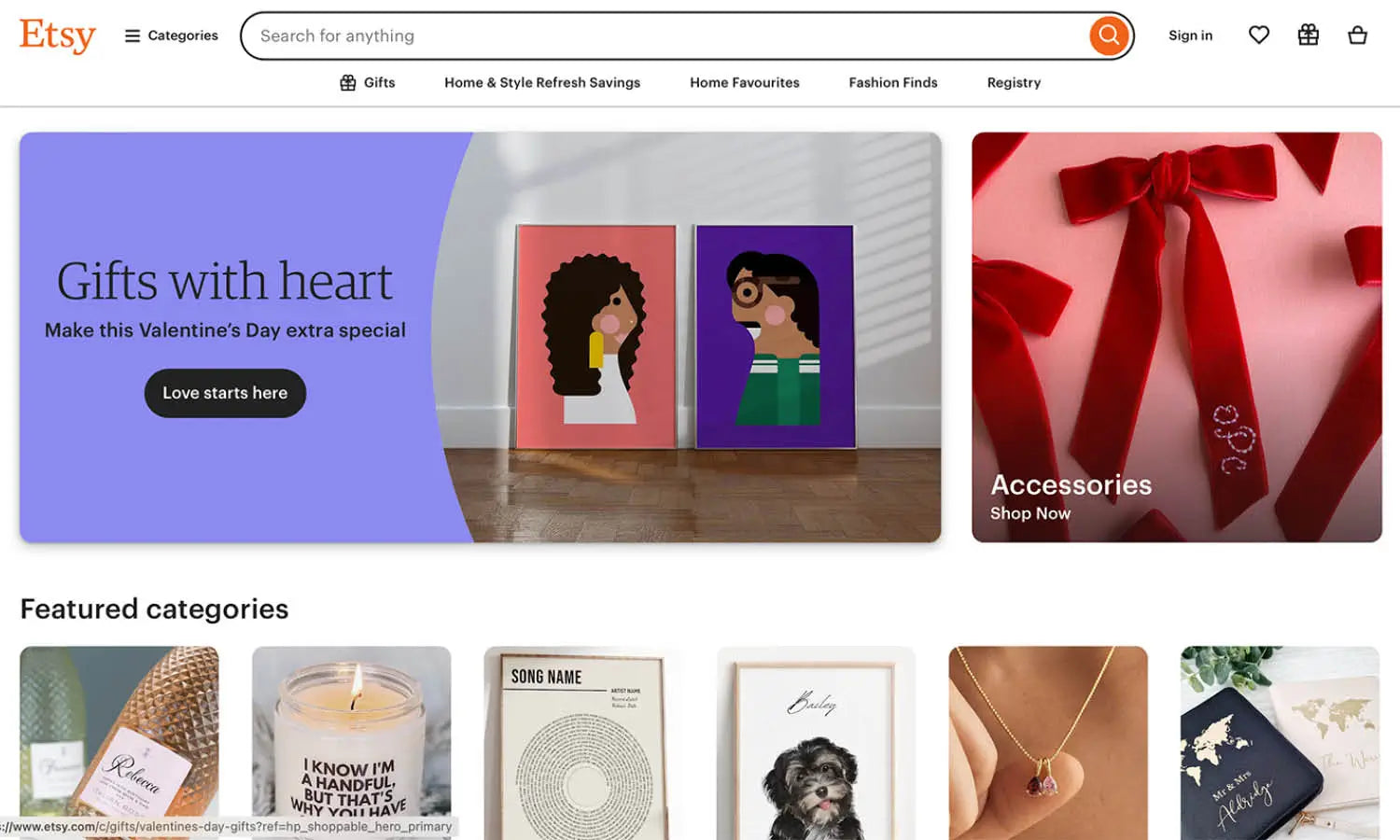How to Price Logo Design Reasonably & Professionally

Pricing logo design is a critical aspect of running a successful design business. Whether you are a freelance designer or part of an agency, establishing a fair and professional pricing structure ensures that you are compensated for your creativity, time, and expertise. Many designers struggle to find the right balance—charging too little can undervalue their work, while setting prices too high may drive potential clients away.
A well-priced logo design should reflect not only the effort involved but also the value it brings to a client’s brand. A logo is more than just a visual mark; it represents a company's identity, communicates its mission, and fosters brand recognition. Therefore, pricing should account for various factors, including project complexity, client size, industry standards, and licensing rights.
By understanding the different pricing models and structuring fees in a professional manner, designers can build sustainable careers while ensuring their services remain accessible to businesses of all sizes. This article explores key strategies to determine reasonable and professional pricing for logo design, helping designers confidently set their rates while delivering high-quality work that aligns with client expectations.
Understand the Value of Logo Design
The price of logo design should reflect the significant role a logo plays in brand identity. A well-crafted logo is not just a visual mark; it is the face of a business, setting the tone for how customers perceive the brand. It conveys professionalism, trustworthiness, and uniqueness, making it one of the most crucial investments a company can make.
A strong logo distinguishes a business from its competitors and creates a lasting impression. It must be versatile, scalable, and adaptable to various platforms, from digital media to physical signage. The ability to design a logo that meets these requirements requires creativity, research, and technical skill. Designers must consider typography, color psychology, and brand strategy to create a design that aligns with the client’s vision and market positioning.
When determining the price of logo design, it is essential to factor in the long-term impact of the logo. A well-designed logo can contribute to business growth by enhancing brand recognition and customer loyalty. As a result, the pricing should not be based solely on the time spent designing but also on the value it brings to the client’s brand. Professional designers price their work accordingly, ensuring that their expertise, research, and creative process are adequately compensated.
Research Industry Standards
Understanding industry standards is essential when setting the price of logo design. The design industry offers various pricing models, ranging from fixed rates to hourly charges, making it necessary for designers to research common practices to remain competitive and professional.
Freelance designers, design agencies, and corporate firms often have different pricing structures based on experience, reputation, and service offerings. Freelancers may charge anywhere from a few hundred to several thousand dollars per logo, depending on their expertise and project complexity. Design agencies, on the other hand, typically offer comprehensive branding packages that include logo design, brand strategy, and marketing assets, which can significantly increase pricing.
Market research helps designers position their pricing within a reasonable range while considering factors like client demographics and industry demand. For instance, a startup may have a limited budget, whereas an established corporation is likely to invest more in high-quality branding. Reviewing pricing trends, surveying fellow designers, and exploring industry reports can provide valuable insights into competitive rates.
It is also crucial to account for regional differences in pricing. Designers working in high-demand markets may charge more than those in less competitive regions. Additionally, the pricing of logo design should reflect the quality of work, the depth of research involved, and the licensing rights granted to the client.
Consider Your Experience & Expertise
A designer’s experience and expertise play a significant role in determining the price of logo design. Clients are willing to pay more for designers with a strong portfolio, industry knowledge, and a proven track record of successful projects. Those new to the industry may need to set lower rates initially, but as they gain experience, improve their skills, and build a reputation, they can justify higher pricing.
Professional logo design requires more than just artistic ability; it involves research, strategy, and an understanding of branding principles. Experienced designers bring a deeper level of expertise, ensuring that the logo is not only visually appealing but also aligned with the client’s business goals and target audience. Years of practice allow designers to refine their process, work more efficiently, and provide better creative solutions, which adds value to their services.
Clients also perceive pricing as a reflection of quality. Low prices may signal inexperience, while higher rates can indicate professionalism and skill. Designers who invest in continued learning, stay updated with design trends, and develop their unique style can command higher fees.
When setting the price of logo design, it is essential to evaluate personal experience and expertise honestly. Designers should consider their technical skills, industry knowledge, and past client feedback when determining their rates. By aligning pricing with skill level, designers can attract clients who appreciate their value while ensuring they are fairly compensated for their expertise.

Evaluate Client Type & Business Size
The price of logo design should reflect the type of client and the size of their business. Different clients have varying budgets, expectations, and branding needs, which influence how much they are willing to invest in professional design services. Understanding these differences allows designers to set fair and reasonable pricing for each project.
Startups and small businesses often have limited budgets and may look for cost-effective solutions. However, even smaller companies recognize the importance of strong branding and are willing to pay for a high-quality logo that helps establish their identity. In contrast, mid-sized businesses and established corporations typically allocate more resources to branding, expecting a refined design process and premium service.
Larger companies often require more comprehensive logo design packages, including brand strategy, market research, and extensive revisions. Because their logos are used across various platforms—such as websites, packaging, and advertising—the design must be highly adaptable and scalable. This level of complexity justifies a higher price for logo design.
Another consideration is the potential impact of the logo on the client’s revenue. A well-designed logo can enhance brand recognition, build customer trust, and contribute to business growth. For this reason, pricing should reflect the long-term value that the logo brings to the company.
By evaluating client type and business size, designers can create pricing structures that meet different needs while ensuring their work remains professional and valuable. This approach allows for flexible pricing that accommodates various clients without undervaluing the designer’s expertise.
Assess Project Complexity & Scope
The price of logo design should be directly influenced by the complexity and scope of the project. Not all logos require the same level of effort, and pricing should reflect the amount of research, design iterations, and refinements needed to meet the client’s expectations.
A simple logo with minimal elements and straightforward typography may take less time to develop, resulting in a lower price. In contrast, a highly detailed, custom-illustrated logo demands more effort, precision, and revisions, which justifies a higher cost. Designers must also consider whether the project involves multiple logo variations, such as alternate versions for different platforms, which adds to the workload.
Beyond design complexity, the project’s overall scope should be evaluated. Some clients may require extensive brand strategy, market research, and competitor analysis before finalizing a logo concept. These additional services significantly contribute to the depth of the project and should be factored into the price of logo design.
Moreover, the number of revisions and deliverables should be clarified before setting a final price. A project that includes unlimited revisions or extensive branding materials will require a higher rate than a standard logo package with limited modifications.
Account for Time & Effort Spent
Time and effort are critical factors in determining the price of logo design. A professional logo is not just created in a few minutes—it requires thoughtful research, concept development, and multiple revisions to achieve a refined and effective design. Pricing should account for every stage of the creative process to ensure fair compensation for the work involved.
The initial phase of logo design often includes client consultations, brainstorming, and research to understand the brand’s identity and market positioning. This foundation helps designers create concepts that align with the client’s vision. Next, sketching, digital rendering, and typography selection take place, requiring attention to detail and precision. Finally, revisions and refinements ensure the final design meets the client’s expectations.
Each step in this process takes time, and the complexity of the design directly affects the workload. Some logos may require multiple iterations, intricate details, or custom typography, all of which demand additional hours. A designer’s experience also influences time efficiency, but even seasoned professionals must invest effort to produce high-quality results.
Additionally, administrative tasks, such as client communication, file preparation, and final deliverables, contribute to the overall time spent on a project. By carefully evaluating the time and effort required, designers can set a price for logo design that reflects their dedication and expertise while maintaining a sustainable business model. Clear pricing based on workload ensures that both the designer and the client have a transparent and fair agreement.
Offer Multiple Pricing Tiers
Providing multiple pricing tiers is an effective way to accommodate different client needs while ensuring fair compensation for logo design. Not all clients have the same budget, expectations, or branding requirements, so offering tiered pricing allows designers to provide flexible solutions without compromising the value of their work.
A basic pricing tier can include a simple logo design with minimal revisions and standard file formats. This option is ideal for startups or small businesses with limited budgets that still require a professional logo. A mid-tier package may include additional logo variations, color options, and a moderate number of revisions, offering more flexibility for growing businesses. The premium tier should provide a comprehensive branding package, including custom logo concepts, brand strategy, typography guidelines, and social media assets, catering to larger businesses or established brands.
Offering structured pricing tiers helps clients select a package that best fits their needs while giving designers a clear framework for their services. It also prevents undervaluing work, as clients with greater branding demands will pay accordingly for advanced design and strategic elements.

Include Market Research & Brand Strategy
Market research and brand strategy are essential components of professional logo design. A logo is not just a symbol—it represents a company’s identity, values, and position in the market. To create an effective logo, designers must conduct research and develop a strategy that aligns with the client’s business goals. These additional services should be reflected in the price of logo design.
Market research involves analyzing competitors, identifying target audiences, and understanding industry trends. A well-designed logo must be distinct and memorable while resonating with the client’s ideal customers. This requires studying successful branding strategies and determining how the new logo can establish a unique presence in the market.
Brand strategy goes beyond design aesthetics and defines how the logo contributes to a cohesive brand identity. It includes selecting the right typography, color schemes, and visual elements that support the company’s message. Additionally, a strategic approach ensures that the logo remains versatile across different platforms, from business cards to digital advertisements.
Designers who integrate market research and brand strategy into their process provide more than just a visual mark—they deliver a logo that strengthens brand recognition and business growth. Since these steps require time and expertise, they should be factored into the overall price of logo design. Clients benefit from a research-driven approach, as it ensures their logo is not only visually appealing but also strategically positioned for long-term success.
Charge for Additional Revisions
Revisions are an essential part of the logo design process, allowing clients to refine and perfect their final logo. However, unlimited revisions can lead to excessive time investment and scope creep, ultimately undervaluing the designer’s work. To maintain professionalism and efficiency, designers should establish clear revision limits and charge for additional revisions beyond the agreed scope.
A standard approach is to include a set number of revisions within the base price of logo design. For example, offering two or three revisions ensures the client has opportunities to refine their vision while keeping the process structured. If further adjustments are needed beyond this limit, a separate fee should be applied per additional revision. This approach encourages clients to provide clear and thoughtful feedback while ensuring that the designer’s time is compensated fairly.
Charging for extra revisions also helps maintain a clear project timeline. Without defined limits, clients may request endless modifications, delaying project completion and impacting other design commitments. By outlining revision policies upfront in the contract, designers create transparency and prevent disputes over excessive revisions.
A well-defined revision structure not only ensures that clients receive a polished, high-quality logo but also protects the designer’s time and expertise. Setting reasonable revision policies allows designers to maintain fair pricing while delivering professional results that align with client expectations.
Use a Pricing Formula
Establishing a structured pricing formula helps designers set fair and professional rates for logo design. A pricing formula ensures consistency while accounting for key factors such as time, effort, expertise, and project complexity. By breaking down pricing elements, designers can create a transparent and justifiable pricing model.
One common formula for determining the price of logo design includes the following components: (Hourly Rate × Estimated Hours) + Design Complexity + Additional Services + Licensing Fees. The hourly rate reflects the designer’s experience, skill level, and market demand, while estimated hours consider the time required for research, concept development, revisions, and finalization.
Design complexity is another crucial factor. A simple typographic logo may require less effort than a fully custom illustrated mark, which justifies a higher price. Additional services, such as brand strategy, multiple design concepts, or social media adaptations, should be priced separately to prevent undervaluing extra work. Licensing fees also play a role, as logos used for large-scale commercial branding often carry greater value.
Using a structured pricing formula allows designers to remain consistent in their pricing approach while adapting to different client needs. It also helps clients understand the breakdown of costs, reducing the likelihood of pricing disputes.
Conclusion
Setting the right price for logo design requires a balance between fairness, professionalism, and value. By considering factors such as experience, project complexity, client size, and industry standards, designers can establish pricing structures that reflect their expertise and effort. Offering multiple pricing tiers, charging for additional revisions, and using a structured pricing formula ensures clarity and consistency. A well-priced logo design not only compensates the designer fairly but also delivers meaningful value to the client. By maintaining a strategic and transparent approach to pricing, designers can build sustainable careers while providing high-quality, impactful logo designs for businesses of all sizes.
Let Us Know What You Think!
Every information you read here are written and curated by Kreafolk's team, carefully pieced together with our creative community in mind. Did you enjoy our contents? Leave a comment below and share your thoughts. Cheers to more creative articles and inspirations!
















Leave a Comment